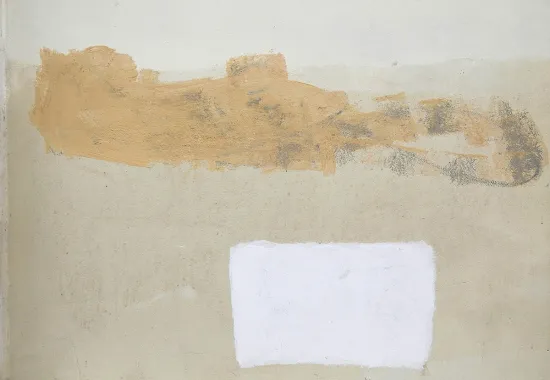Clare Sullivan, from issue 298.4, explores the sounds and images of Natalia Toledo's poetry
NAR editor Jeremy Schraffenberger’s artful reading of my translation inspired me. That’s because he paid attention to both the poem and translations, noting the resonance of sound and imagery in the three versions. It reminded me to appreciate the process. Though it’s a constant challenge to recognize the echoes of the original Zapotec when I translate via the Spanish, I realized that it is my duty to do so whenever possible. Part of what is unique about Natalia’s poetry is its music. She told me once that audiences in Thailand were captivated by the sound of her reading even though they couldn’t understand a word. Lucky for me, her vibrant images reinforce the patterns of her sound and meaning. When I cannot successfully navigate her sound, I can at least honor her imagery. Thanks to the editors of NAR for noticing the echo that Natalia wove deliberately through the original and her translation to Spanish: a mother weaving a bridal gown on a cloth that is at once loom and cotton and clothes.
What’s more, Jeremy connected the imagery to a mythical tradition: “It participates in but complicates the familiar mythical images of women weaving, whether it’s the Lady of Shalott in her tower or Penelope weaving and unraveling Odysseus’s shroud.” I had already been thinking about how the varied role of women comes to life in Natalia’s poetry. They are not only lovers and cooks but weavers and merchants and writers. Zapotec women have been at the crossroads of trade (both literally and figuratively) for centuries, since their narrow Isthmus of Tehuantepec became a place for travel and trade. Zapotec women were known for the foods they prepared to sustain such travellers. But they also handled the money and thus grew in status and fortune.
It amazes me that a five-line poem can reveal so much about a culture, their customs and history.
But what amazes me most (and does honor to Natalia’s poetry and the translation process) is that NAR has given these five lines such an exquisite reading. Poetry, of course, does not rank high in our super-saturated world, even in the blogosphere. And translations of poetry are seldom read, even by literature students or stodgy academics. Thank you for paying attention to Natalia’s delicate use of sound and pictures across three languages, and for giving others the opportunity to do so in your pages.
Photograph by DavidConFran
Recommended
Mercy
Eclipsing
Psychic Numbing





